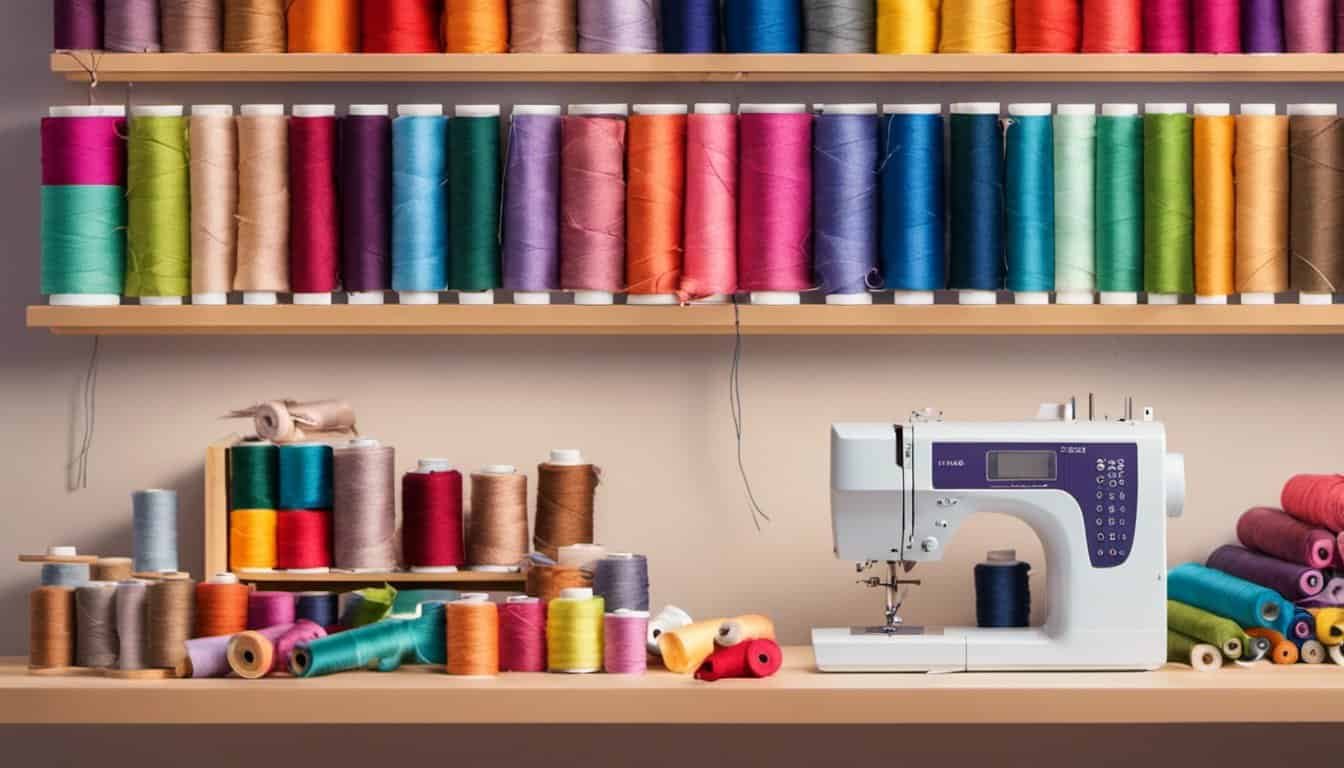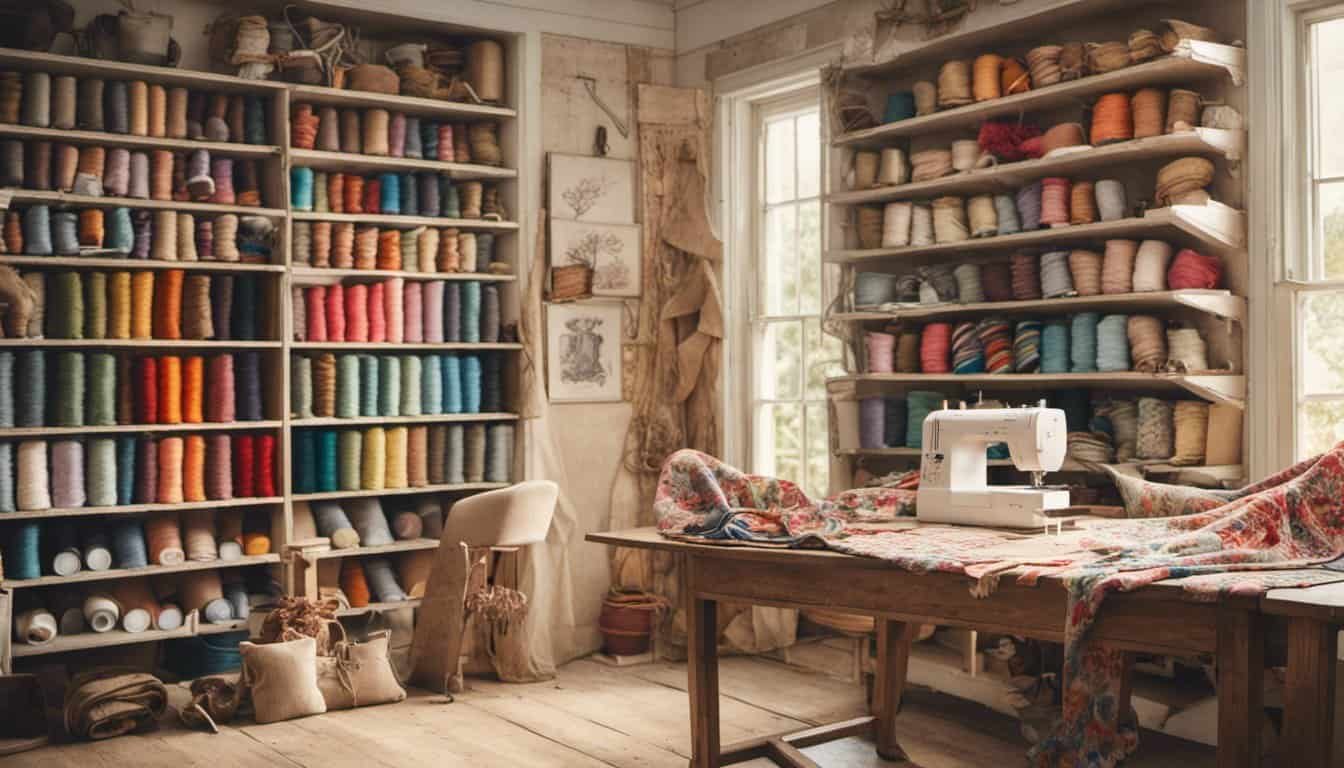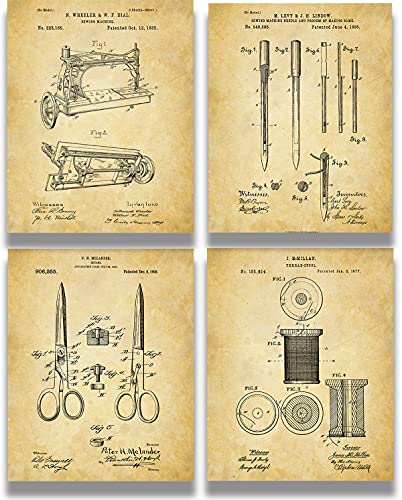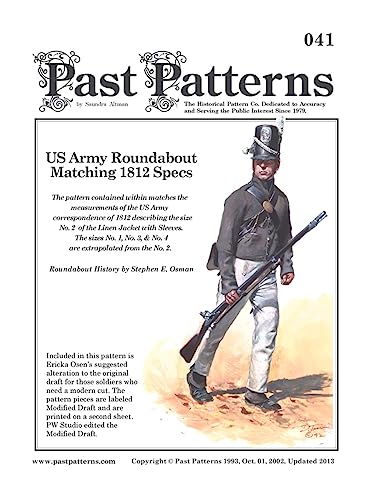Imagine walking through the bustling streets of Ancient Egypt, surrounded by vibrant fabrics and skilled artisans. Sewing played a crucial role in daily life and culture back then, offering a window into their world.
From crafting intricate garments to creating essential household items, the techniques they developed were both practical and artistic. You’ll uncover how they sourced materials, the tools they used, and the styles that defined their society.
Join us as we unravel the threads of history to explore what we know about sewing in Ancient Egypt. It’s a fascinating journey that connects the past with the present through the timeless art of stitching.
Historical Background
Sewing in Ancient Egypt reflects the civilization’s advanced textile craftsmanship and socio-economic structures. Linen stood as the primary material, cultivated extensively along the Nile. Farmers produced flax fibers, which were spun into threads for weaving and sewing garments.
Specialized artisans operated within a hierarchical society. Nobles donned finely embroidered robes, while laborers wore simpler linen pieces. Textile workshops, often attached to temples, facilitated large-scale production and distribution of clothing.
Tools included bone, ivory, and metal needles, enabling intricate stitching techniques. Evidence from tombs shows the use of framed looms and weaving tools, highlighting the complexity of textile manufacturing. Dyeing practices utilized natural sources like plants and minerals, creating vibrant colors for garments and decorative items.
Clothing styles varied based on status and climate. Men typically wore kilts, while women favored sheath dresses with pleated sleeves. Accessories such as belts and jewelry complemented outfits, showcasing the Egyptians’ attention to detail and aesthetic preferences.
Economic activities related to sewing contributed to trade networks. High-quality textiles were exported, exchanging goods with neighboring regions. Archaeological findings, including preserved fabrics and sewing tools, provide insights into daily life and cultural values centered around textile production.
Materials Used in Ancient Egyptian Sewing
Discover the essential materials that shaped Ancient Egyptian sewing techniques. These resources played a crucial role in the creation of garments and household items.
Types of Fabrics
Ancient Egyptians primarily used linen, derived from flax plants, known for its durability and breathability. Additionally, silk was occasionally imported, offering a luxurious alternative for the elite. Wool provided warmth for colder regions, while cotton began to appear towards the later periods, enhancing textile diversity.
Sources of Materials
Most fabrics originated along the Nile River, where flax cultivation thrived due to the fertile land. Farmers harvested flax fibers, which artisans then spun into threads. Imports included silk from Asia, acquired through expansive trade networks, and wool from neighboring regions, ensuring a steady supply of varied materials. Temples and workshops managed the distribution, integrating material sources into the broader economic framework.
| Fabric Type | Source | Usage |
|---|---|---|
| Linen | Locally grown flax | Everyday garments, wraps |
| Silk | Imported from Asia | Elite robes, ceremonial wear |
| Wool | Neighboring regions | Outer garments, winter clothing |
| Cotton | Later periods | Affordable clothing options |
Sewing Tools and Techniques
Discover the essential tools and stitching methods that defined Ancient Egyptian sewing.
Tools of the Trade
Ancient Egyptians utilized a variety of tools to craft their textiles with precision and artistry:
- Needles: Crafted from bone, ivory, or copper, needles featured sharp points and sturdy shafts.
- Awls: Used for piercing fabric, ensuring accurate placement of stitches.
- Scissors: Early versions made from flint or metal allowed for cutting fabrics effectively.
- Spindles and Looms: Essential for spinning flax into thread and weaving textiles.
- Measuring Devices: Tools like rulers and notches ensured uniform garment sizes.
| Tool | Material | Purpose |
|---|---|---|
| Needles | Bone/Ivory/Copper | Stitching fabrics |
| Awls | Bone/Ivory | Piercing fabric for stitching |
| Scissors | Flint/Metal | Cutting textiles |
| Spindles | Wood | Spinning flax into thread |
| Looms | Wood/Fiber | Weaving threads into fabric |
| Measuring Devices | Wood/Stone | Ensuring garment precision |
Stitching Methods
Ancient Egyptians employed intricate stitching techniques to create durable and decorative garments:

- Running Stitch: Simple and versatile, used for basic seams and hems.
- Overcast Stitch: Sealed edges to prevent fraying, enhancing garment longevity.
- Embroidery: Detailed needlework with colorful threads to signify status and artistry.
- Backstitch: Strong stitching for structural integrity in garments.
- Hemming Techniques: Neat finishes for garment edges, reflecting meticulous craftsmanship.
These methods allowed for the creation of garments that were not only functional but also expressions of cultural identity and social status.
Clothing Styles and Textile Art
Explore the diverse clothing styles and intricate textile art of Ancient Egypt. These elements reflect the civilization’s social structure and aesthetic values.
Traditional Garments
Ancient Egyptian garments showcased simplicity and functionality. Men typically wore kilts, made from linen, suitable for the warm climate. Women favored sheath dresses that allowed ease of movement. Nobles donned finely embroidered robes, indicating their high status. In colder regions, woolen outer garments provided necessary warmth. Accessories like belts and jewelry complemented these outfits, adding both style and status symbols. Linen remained the primary fabric, while silk, imported from Asia, was reserved for the elite. This differentiation in attire clearly marked social hierarchies and occupations.
Decorative Embellishments
Embroidery played a vital role in enhancing garments. Artisans used techniques like the running stitch for basic seams and the overcast stitch to prevent fraying. Backstitch provided structural integrity, while hemming techniques added refined edges. Natural dyes derived from plants and insects created vibrant colors, reflecting personal and societal preferences. Decorative patterns often included geometric designs and symbolic motifs, representing cultural beliefs. Embellishments such as beading and metalwork further distinguished high-status clothing. These decorative elements not only beautified garments but also conveyed messages about the wearer’s identity and social position.
Social and Cultural Significance
Sewing played a pivotal role in Ancient Egyptian society, intertwining with various social and cultural aspects.
Role in Society
« Unlock the Secrets of Sewing Corduroy: A Textured Fabric Guide
Master Your Sewing: How to Pick Machine Needles for Different Fabrics Like a Pro »
Sewing served as a fundamental economic activity, supporting both daily life and the temple economy. Textile production provided employment for a significant portion of the population, including specialized artisans and laborers. High-quality fabrics, particularly linen, were essential for garments, burial shrouds, and ceremonial items. Textile workshops, often affiliated with temples, facilitated large-scale production, ensuring a steady supply of materials for both domestic use and export. The distribution system managed by temple authorities integrated textile production into the broader economic framework, enhancing trade networks across the Mediterranean and Near East. Additionally, sewing reinforced social hierarchies, as the quality and decoration of garments indicated the wearer’s status within society.
Gender and Craftsmanship
Craftsmanship in sewing was closely linked to gender roles, with distinct responsibilities assigned to men and women. Women primarily handled domestic sewing tasks, including creating and maintaining household textiles such as clothing, linens, and tapestries. Their expertise in embroidery and decorative stitching enhanced the aesthetic value of garments, reflecting cultural values and social status. Men, on the other hand, often engaged in the production of more utilitarian items and managed the economic aspects of textile trade. Specialized male artisans crafted intricate patterns and utilized advanced stitching techniques for ceremonial and high-status garments. This division of labor not only defined gender roles but also highlighted the collaborative nature of textile craftsmanship in Ancient Egypt, where both men and women contributed to the cultural and economic fabric of the society.
Archaeological Discoveries
Archaeological discoveries reveal extensive information about sewing practices in Ancient Egypt. These findings include well-preserved textiles and various artifacts that highlight the sophistication of textile craftsmanship.
Preserved Textiles
Numerous textiles unearthed from tombs and archaeological sites demonstrate the quality and diversity of Ancient Egyptian fabrics:
- Linen Garments: Found in both everyday and ceremonial contexts, showcasing different weaving patterns and levels of decoration.
- Household Items: Items such as curtains, sails, and tablecloths illustrate the use of textiles in daily life.
- Funerary Textiles: Wrappings and shrouds used in burial practices reveal the importance of textiles in the afterlife.
These textiles remain well-preserved due to Egypt’s arid climate, allowing researchers to study intricate weaving techniques and natural dye applications.

Insights from Artifacts
Artifacts related to sewing offer a deeper understanding of the tools and methods used by Ancient Egyptian artisans:
- Needles: Bone, ivory, and copper needles exhibit various designs tailored for different stitching techniques.
- Spindles and Looms: Tools for spinning flax fibers and weaving fabrics, indicating organized textile production processes.
- Dye Vessels: Containers used to store natural dyes, highlighting the sources and methods for coloring textiles.
- Cutting Tools: Early scissors and seam rippers demonstrate garment construction and maintenance practices.
These artifacts illustrate the advanced technology and skilled craftsmanship involved in textile production, emphasizing the central role of sewing in Ancient Egyptian society.
Conclusion
Delving into the world of Ancient Egyptian sewing lets you connect with their rich culture and intricate craftsmanship. You can see how textiles were a vital part of daily life and a reflection of social status.
Their innovative techniques and dedication to quality are truly inspiring. By understanding their sewing practices you not only appreciate their artistry but also gain a deeper respect for the enduring legacy of this timeless craft.


















